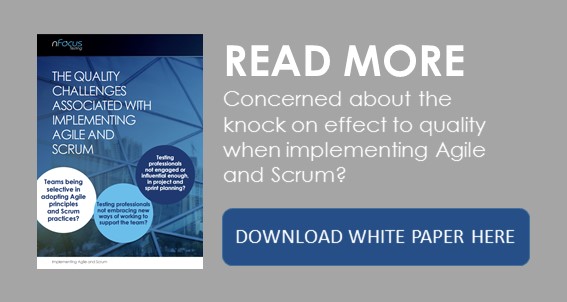Key Phases of STLC
STLC - Software Testing Life Cycle, simply put, refers to a testing process regardless of which testing methodology you use (Agile, Scrum or Waterfall etc.), each process will have specific steps to be executed in a predefined sequence, thus ensuring that both the entry and exit criteria have been met through each stage of a project.
In the STLC process, every activity and testing task is carried out in a planned way, regardless of whether you are in a short sprint or a large waterfall project. Each project phase will naturally have different goals and deliverables but the principals of each objectives remains the same – delivering software that is bug-free and meets the Users requirements.
Within each project, there will be a level of detail that naturally alters dependant on the testing methodology, but the key features of the STLC will remain the same whether written into a formal document or scribbled on a post-it note. Here are the key (and not limited too) features of the STLC:
- Requirements Analysis – There is always a need to understand and validate the requirements of the project. This is the most important stage and the cheap end of finding bugs, spot a mistake here and you’ll save your organisation money and reputation.
- Test Planning – Whether you are in a 1 week sprint or a 12-month project, you will still need to plan, who is going to test what, when you need to test and who will test it
- Test Case Development – So you understand the requirement, then you’ll have a good chance of writing test cases or developing test scenarios. During this phase think test data, this is an important part of any testing and can’t be overlooked.
- Test Environments – Essential for testing, no environment = no testing. So plan early and specify what configuration and version of environment you’ll need. This task should be done as soon as possible to ensure your environment(s) are ready when you need them.
- Test Execution – You should be all set for this stage. Test cases ready, along with a fully operational environment, brimmed with useable and meaningful data – Time to execute those tests and don’t forget to log your results and raise any necessary defects.
- Test Reporting – Metrics are key to any project; whether producing KPI’s about how you have performed against other projects or results from the actual testing like, Pass, Fail and number of tests etc. all are important and a valued learning exercise to help towards continued improvement in this area.
If you would like to know more about the STLC and how this fits within your Project Life Cycle, then please do call us, we would be glad to assist.








.png)
